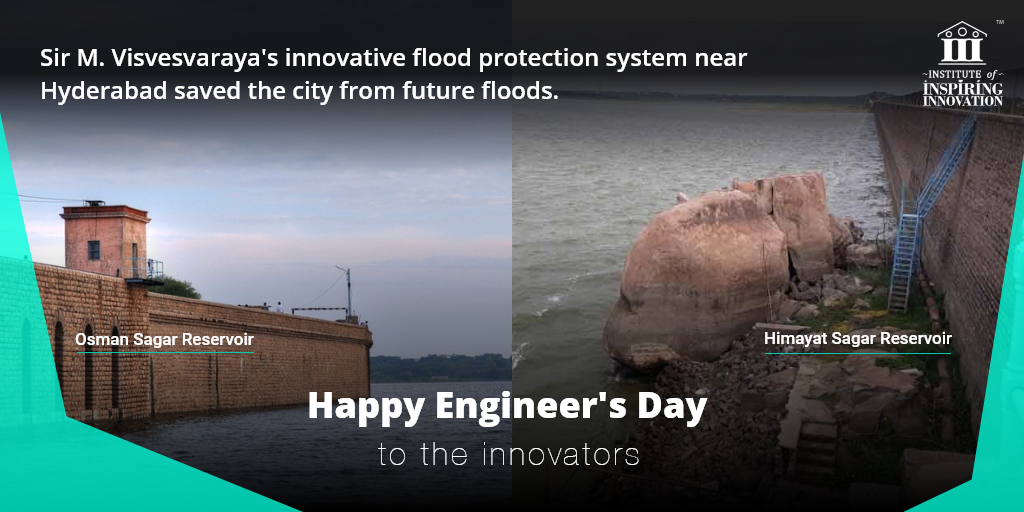This Karma Yogi Taught These Three Important Lessons to Innovators

Sir Mokshagundam Visvesvaraya was India’s most prolific civil engineer, statesman, water resource builder, and economist. This century’s foremost nation-builders, Visvesvaraya, was usually an automatic choice when governments needed help in solving critical issues. He notably served the then Kingdom of Mysore, Kingdom of Hyderabad, and the British Indian administration.
Sir MV, as he was fondly known, took up challenging situations with open arms. He saw value and benefits to the state and its people in all the projects he was involved in. The man who lived for more than a century contributed to engineering projects that will be a lesson for many centuries.
A lot is written about his simplicity, discipline, dedication, work ethics, and honesty. Here are three important lessons engineers and technology professionals and thinkers can learn from Sir MV.

Leave a comment